Before winning the Premier League, the 4-0 victory over Real Madrid in the second leg of the 2022-2023 Champions League semi-finals clearly depicted the school of football that Pep Guardiola shaped and pursued.
Guardiola and positional football. Guardiola's football is often known as "Juego de Posicion" in Spanish, or "Positional Play" in English, which roughly translates to "positional play".
In soccer, the two most important elements are space and time. On her blog, scholar Clarissa Barcala once described "Positonal Play" as a school of soccer that comes from the idea that a player must first occupy a certain space on the field in order to master the timing of his actions, with the ultimate goal of controlling the ball. Simply put, in the positional school, the element of time comes before space, and the ultimate goal is to master the ball.
The current Man City squad in particular, and Guardiola’s teams in general, are examples of positional football. According to the principles of this school, every player on the pitch must first occupy a predetermined position, a predetermined space. Therefore, Guardiola divided the pitch into many squares, many strips both vertically and horizontally, and 11 players had to occupy the entire sideline, the middle and the inside. They were there, waiting for the ball to be passed to them by their teammates.
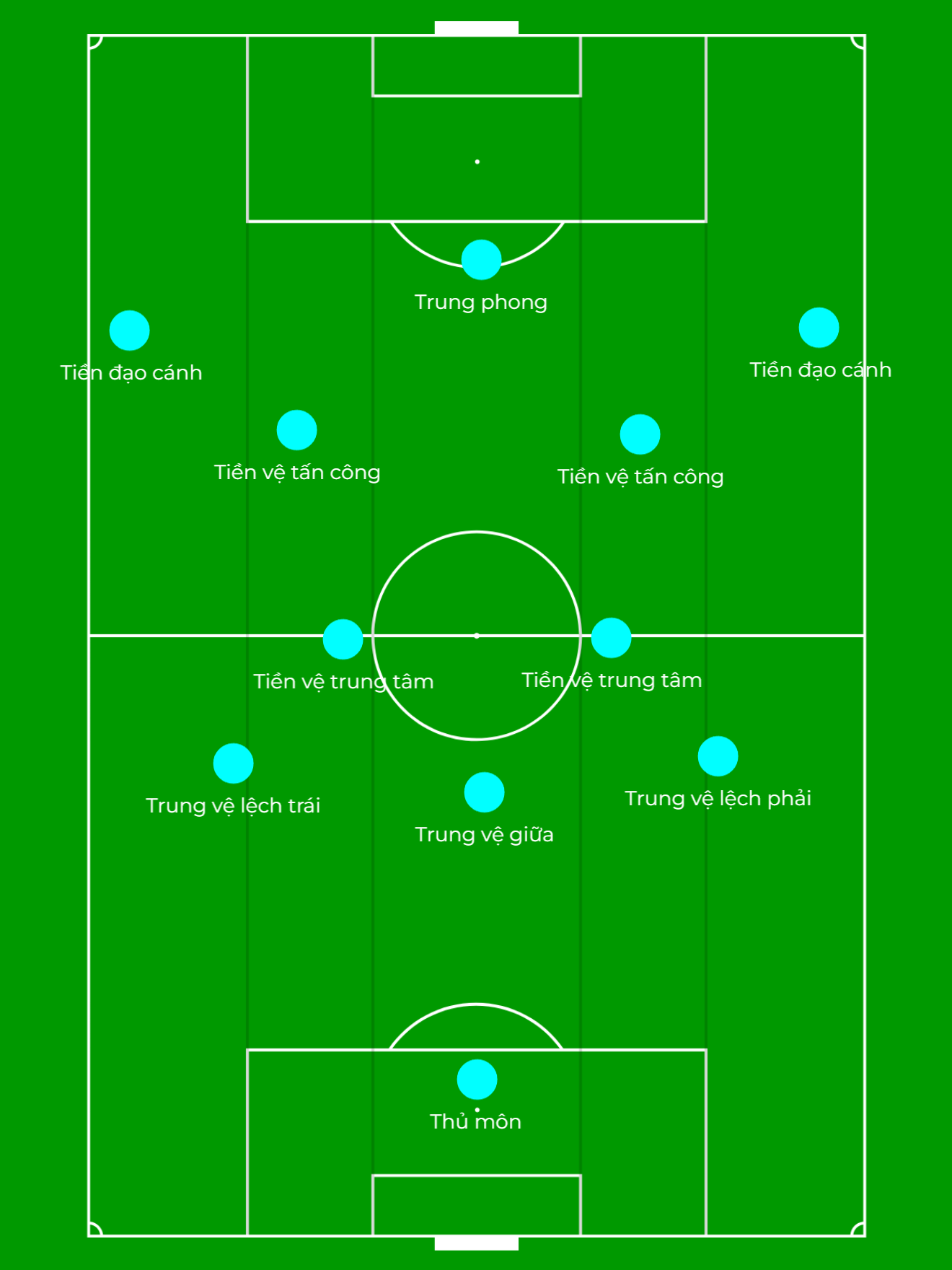
The wingers in Guardiola’s system have always been high and wide. That’s what he learned from the footballing principles of his predecessors like Johan Cruyff and Louis van Gaal. These players are meant to stay there by default, stretching the opposition’s defensive line, even when they don’t have the ball. The mere presence of such a player in the position Guardiola requires attracts the attention of the opposition defenders.
And the most important thing about the positional school's idea of holding position and occupying space is that if a player leaves his original position, his teammates must step in and fill the space left behind. "When Pep has a plan, you have to stick to it. You have to hold your position, trust your teammates and wait for the ball to come to you," former striker Thierry Henry said many years ago on Sky Sports ' Monday Night Football .
That also explains why Jack Grealish came to Man City in the summer of 2021 and spent a whole season getting used to, understanding and being forced into the plan that Guardiola outlined. The role and importance of Grealish that Guardiola wanted was to promote his ability to hold and keep the ball to maintain the rhythm of the game and recreate the formation in the phase of having the ball to launch attacks.
In Guardiola's view, how you defend depends on how you attack, because if your team loses the ball, the first defensive structure your team has is the one that was built before, when your team still had possession of the ball. So Guardiola, in fact, focuses more on defense than most people think.
From there, once Grealish has the ball, of course he can still use his dribbling ability to "dismantle" the opponent's defense, but the safest policy is still to keep the ball, waiting for his teammates to move into the right predetermined positions.
In general, with a predetermined space and area, each player can only act and interact within a certain behavioral limit. If that player is too free and leaves that default space, the entire structure will collapse, ruining the intention of occupying the space. In other words, the coach is the one who outlines the plan and the players must follow and believe in that plan.
To understand Guardiola’s football better, you can learn about a completely different school. That is the football of connection and support. In Europe, Carlo Ancelotti’s Real or Luciano Spalletti’s Napoli are considered to be the embodiments of this style of play.
Spalletti said in late October 2022 that systems no longer exist in football. The problem now is the space left by the opposition. You need to spot that space quickly and seize the right moment to exploit it, as well as have the courage to start moving even when under pressure.
"The gaps no longer appear between the lines, but between the players. Detecting such gaps is a necessary skill. Football has made great strides and developed in terms of shapes and tactical diagrams. But I dare say that the most important skill is to manipulate and entice the opponent to open up gaps, not simply to look for them. By moving, you will gain control, you will open up space by forcing the opponent to put pressure on you," the Napoli coach added.
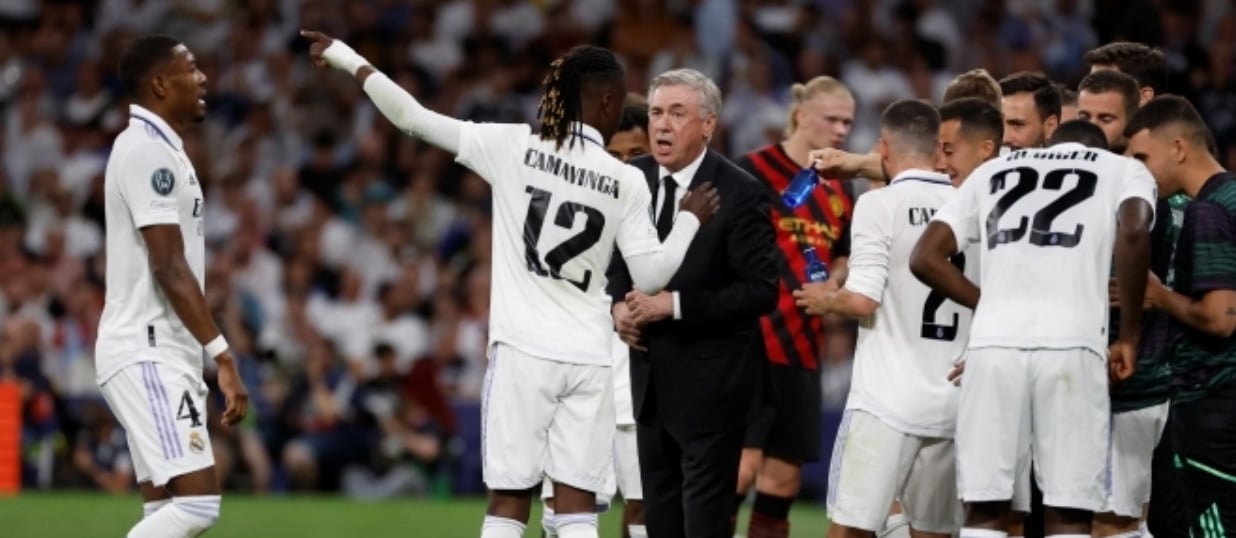
Similarly, Ancelotti’s interconnected and supportive football is based on the main principle that instead of many players spreading out in the boxes and areas on the field, they will converge closer to where the ball is, that is, locally and connected. That can be considered the most recognizable feature of this school from the naked eye.
The purpose of moving and being close together is to easily interact, to easily coordinate. Moreover, each player will then master their time to take action, instead of following a predetermined structure. This type of football helps to reveal the maximum behavior, preferences and playing style of the player. If he is comfortable with a certain handling, he is free to act. Therefore, in the school of interconnected and supportive football, with areas where the ball is and there are many players, short passes, up and down positions, and continuous interchanges occur frequently. Interaction and connection are increased, helping to circulate the ball sequentially and open up space.
This style is reminiscent of South American football, specifically Brazilian football. This is probably the reason why the Brazilian Football Confederation is looking to invite Ancelotti to lead their national team.
A clash of two schools. In the first leg of the Champions League semi-final at the Santiago Bernabeu, when Real and Man City drew 1-1, the players who passed the ball the most on Real's side were Toni Kroos (53 passes), Luka Modric (47) and Camavinga (42), with David Alaba ranking fifth (38) after Federico Valverde by just one pass. In short, this group of left-wingers of Madrid has a very regular interaction and support. And of course, the left wing is also the main attacking direction of the home team (accounting for 41.7%).
When these players play close together when they have the ball, with their ball handling skills, it becomes the solution to escape pressing. Alaba – Camavinga – Kroos – Modric – Vini are no different from practicing the “rondo” exercise together, which is essentially a way to practice passing skills, ball control, creating space, and coordinating to escape pressing. In the opposite direction, rondo is also an exercise to practice pressing skills, marking people, and winning the ball back – as Johan Cruyff said.
And, it was from that left-wing pressing combination in the match against City that Real brought the ball from the back up the pitch, before Camavinga set up Vinicius to open the scoring.
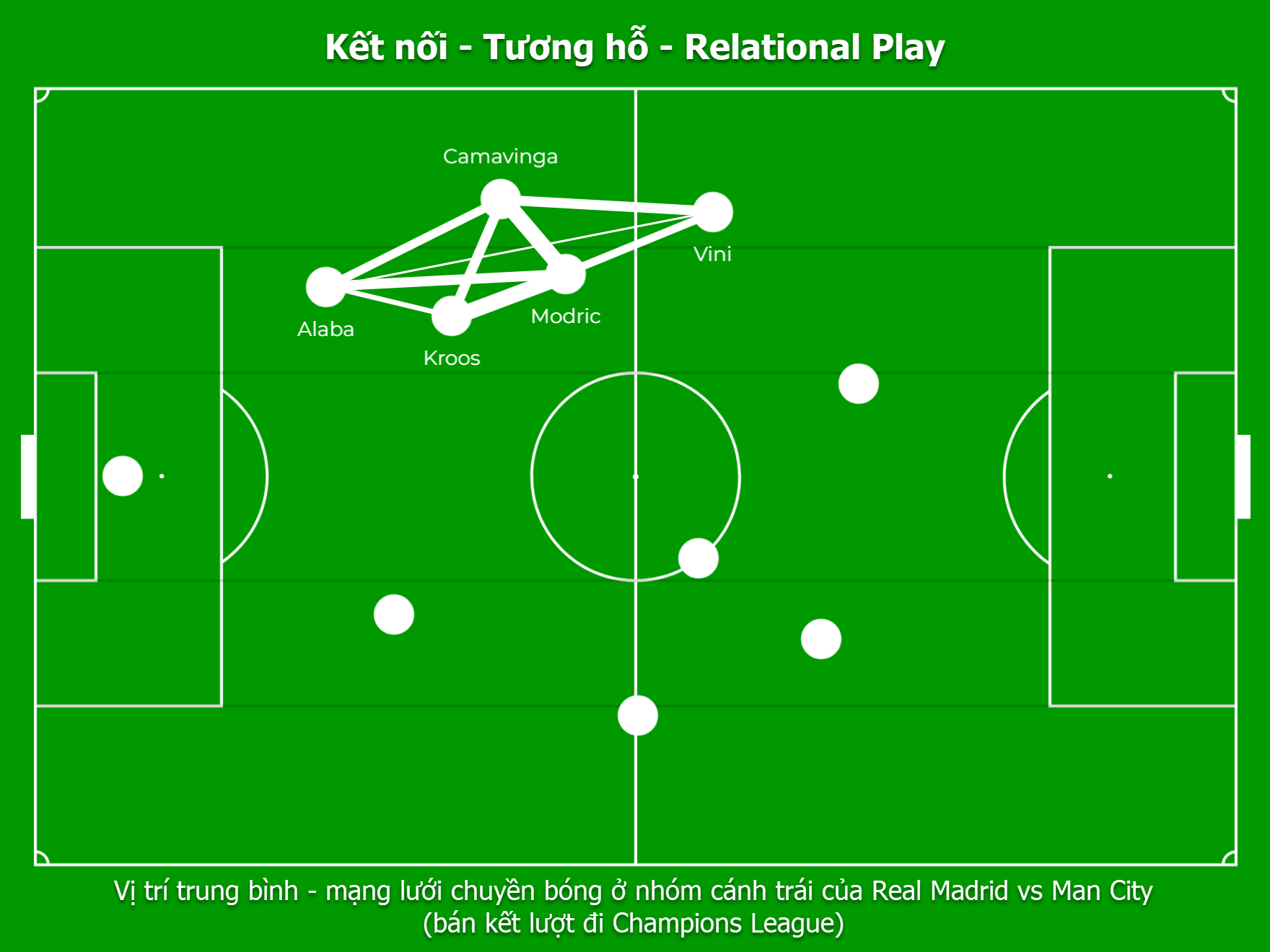
But one of the most outstanding moments, the clearest depiction of Real's football, came at 48:25, after a Man City throw-in. The best things were seen, from the players playing close together, trying to connect, running without the ball to push the ball up, rotating from one wing to the other, combined with delicate touches like Camavinga's backheel to Vinicius, or Carvajal's backheel to Benzema.
The whole play was a sequence of 29 uninterrupted passes from Real, culminating in a finish from the Frenchman. If it had been a goal, it would have been a masterpiece! And in that play, you would have seen Carvajal, a right-back, cut inside to combine with Benzema, which was the freedom of expression in the football landscape of Real under Ancelotti.
Realizing the strength of the pressing and ball-playing group, Guardiola immediately made adjustments in the second leg at Etihad. He did not "think too much", but returned to what is considered familiar to Man City this season. Before the second leg took place, in a press conference, Guardiola hinted that he had a plan to help Man City's playing style become smoother and more flexible.
Then, after the match ended and Man City won 4-0 to reach the final, people realized that Guardiola was right. He made adjustments, but did not "think too much".
In his first post-match interview at the Etihad, when asked by beIN Sports whether there had been any tactical changes compared to the first leg, or whether it was simply the intensity and quality of the players that made the difference, Guardiola replied: "At the Bernabeu, we put an attacking midfielder closer to the goal. Today, the attacking midfielder returned to the attacking midfielder position. We simply changed the formation a little bit, which we have played many times."
In his second interview with reporters in the press room, the final question in English before switching to Spanish questions that Guardiola received was: "I want to go back to the first leg. In the first leg, in the first half, Man City completely dominated, but in the second half, Real regrouped and changed the game. So what did you do to stop Real from doing the same today?"
Guardiola replied: "You want to ask about the game in Madrid, right?! The first half, we played really well. But the shape was different to the second leg, when we had the ball. I heard the pitch in Madrid was very, very bad, so I needed to put another player behind me in the build-up phase, to have more control. And also because Real Madrid are very good at transition. So I think that was the best solution we could come up with at that time."
The player Guardiola mentioned in the change of the main squad is Ilkay Gundogan. At the Bernabeu, Gundogan played deep in the build-up phase, he dropped back to play next to Rodri and Stones was in the centre-back position, meaning Man City often developed the ball through a 4-2 structure instead of a 3-2.
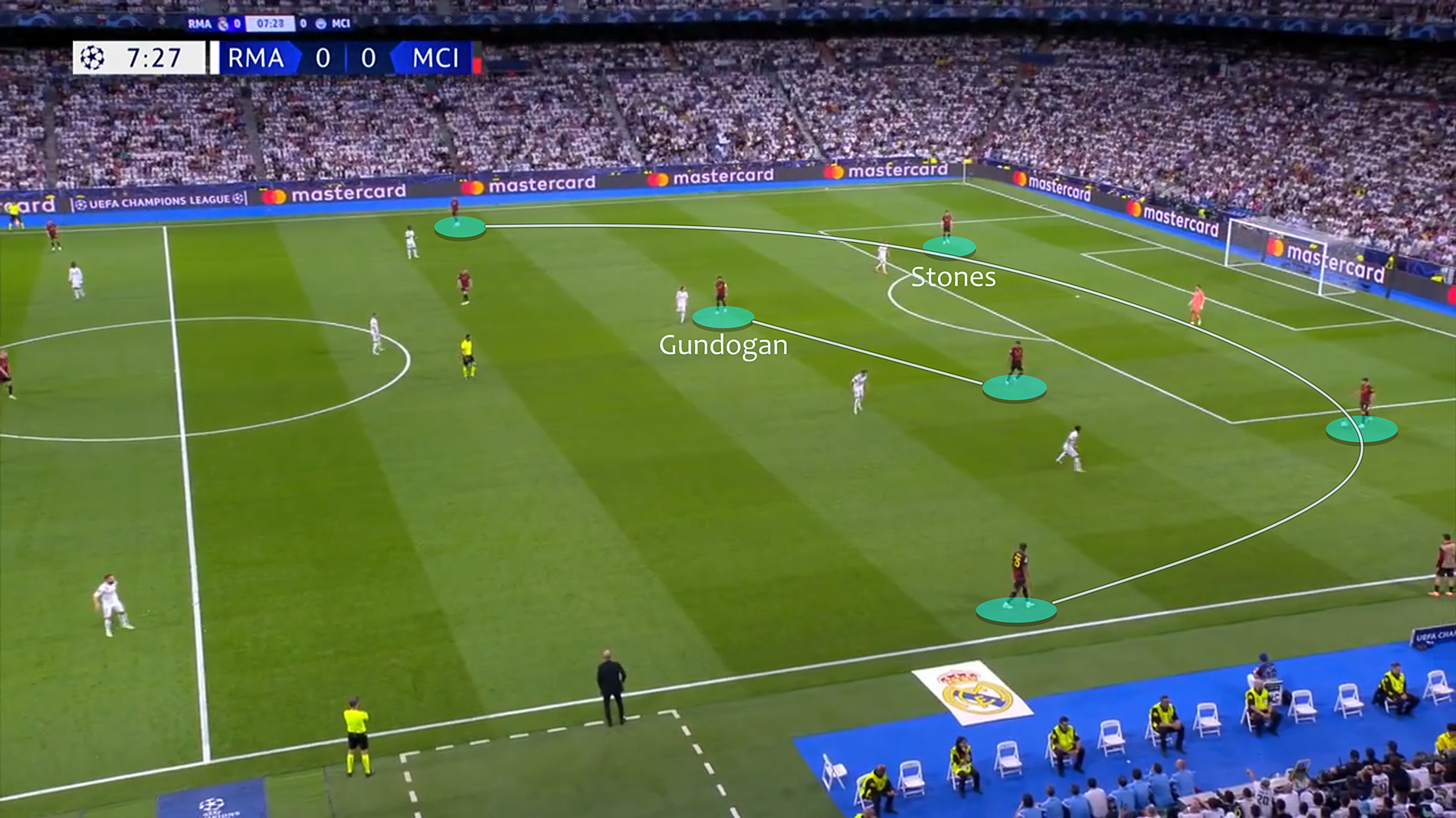
By the second leg at the Etihad, Gundogan no longer had to drop deep in the build-up play, the structure becoming the 3-2 that City were known for. Gundogan returned to the position of an attacking No. 8. Stones took on a hybrid role, moving from centre-back to central midfield alongside Rodri when in possession, something that has been a regular feature this season.
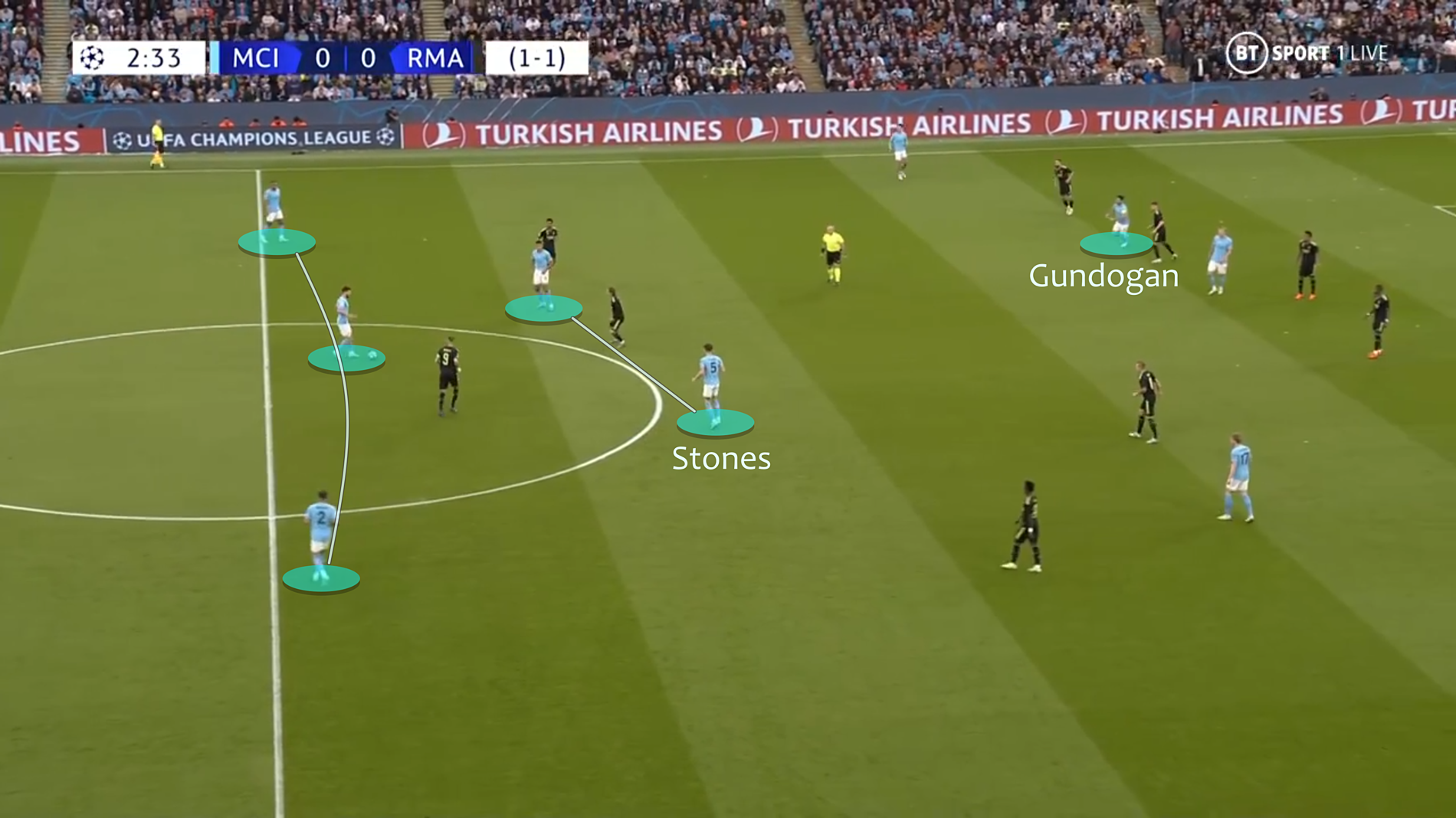
Man City were confident that a 3-2 with five players would be enough to get past Real’s four-man pressing front line, and Real did not change their pressing pattern in either game. That meant Guardiola was giving John Stones a big role and trust. And what happened at the Etihad was a clear demonstration of the Englishman’s excellence, linking up on and off the ball with Rodri, moving from centre-back to central midfield seamlessly.
Not only that, Guardiola also made another change to the formation, to suffocate Real's ability to attack through the left wing. That was during the period when Man City did not have the ball, that is, when pressing high. At the Bernabeu, Man City pressed with a 4-4-2 block, with Haaland and Kevin De Bruyne in the front line.
At the Etihad, Man City pressed in a slanted, 3-4-1-2 structure, with the big change being that Grealish and Haaland were the pressure groups up front, De Bruyne dropped back to mark Toni Kroos one-on-one, Akanji and Bernardo Silva stood halfway between Real's wingers and full-backs. City's second goal came from that pressing.
With Gundogan back in the attacking No. 8 position, it meant that the inside-space attacks were exploited more strongly than in the first leg. Both of Man City's first two goals were from inside-space, splitting Real's defence when the space between the centre-backs - who always followed Haaland - and the full-backs was wide enough, as it had been since the first leg. Man City did not exploit this in the first leg because, as Guardiola said, he wanted to prioritize solidity and control to counter-attack.
Thanks to more effective pressing and better ball control, Man City forced Real's formation to retreat deep. At that time, it was the opportunity for Stones and Rodri to play their role as the bridgeheads under the ball, receiving the ball back from the two wings and the two inner corridors if their teammates were surrounded, from there they rotated the ball rhythmically to the opposite wing, where there were players "predetermined" in terms of position in Guardiola's football concept. Man City solved the problem of the opponent's deep defensive block in that way.
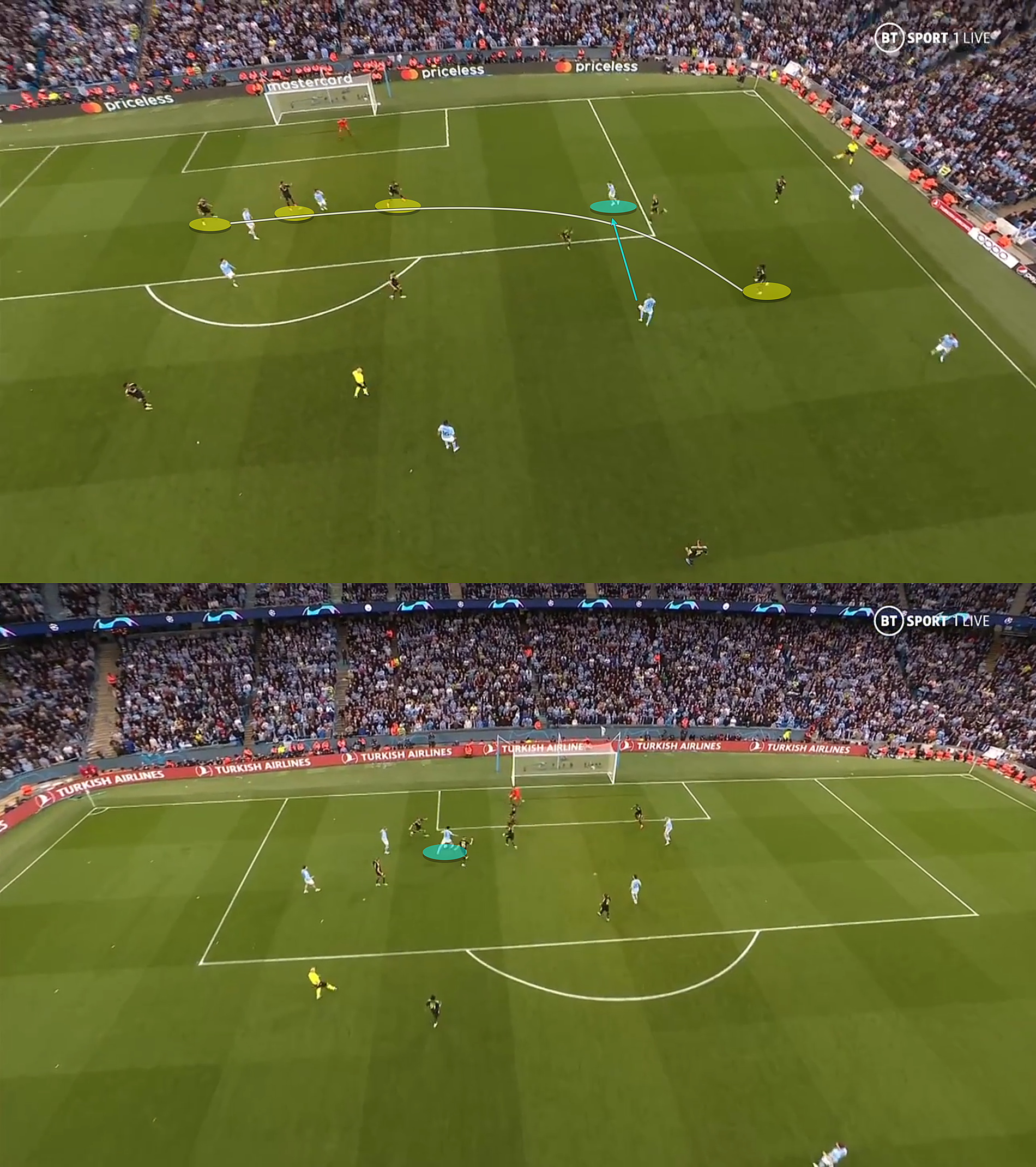
In reality, no school or style of play should be considered superior . A team has its own way of winning. Guardiola's positional orientation or Ancelotti's connection and support both have their own advantages and disadvantages.
With Ancelotti’s school of football, unfortunately on a bad day, when the players’ emotions and minds are not at a certain level of comfort, there is no guarantee that they will be able to show their full potential. And for the interconnected and supportive football to be effective and successful, a prerequisite is that the players must be really good, really classy, and they can read the game and solve it themselves. Not every team or club has such a squad.
In that context, the intervention of the coach, with plans and tactics, becomes the foundation or support for them. Tactics is also to promote strengths and limit weaknesses. A genius child may not need to be taught to add, subtract, multiply and divide, but normal children can still know it if taught the formula. Guardiola's position-oriented football is trusted and widely applied for that reason. Not every team can be like Real, but to arrange positions and assign separate functions to each person on the field, any coach or any team can completely learn to apply.
Hoang Thong
Source link


![[Photo] Panorama of the Opening Ceremony of the National Press Festival 2025](https://vphoto.vietnam.vn/thumb/1200x675/vietnam/resource/IMAGE/2025/6/20/6b835ee92c2c4df587af73cb2d1f4f5f)





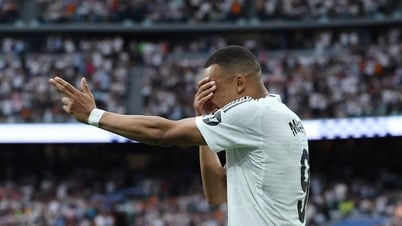

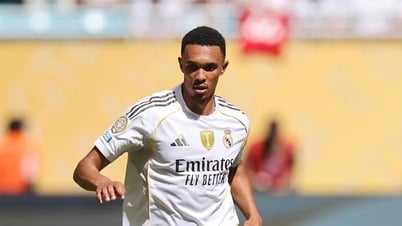

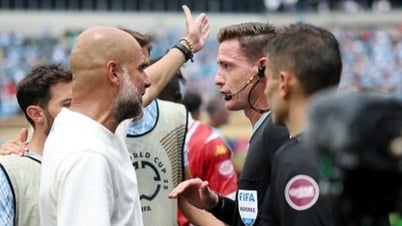

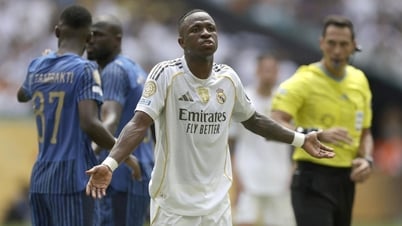


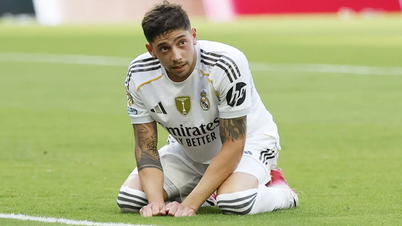

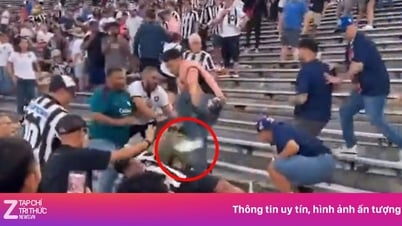

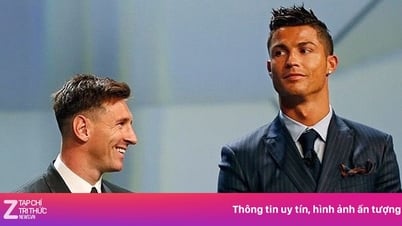


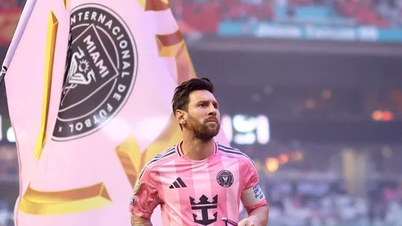
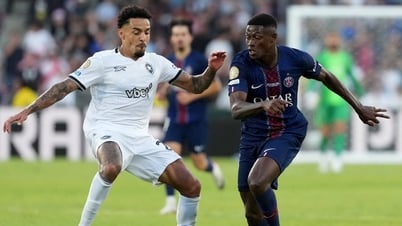










![[Photo] General Secretary To Lam chairs the 14th Central Military Commission Conference](https://vphoto.vietnam.vn/thumb/1200x675/vietnam/resource/IMAGE/2025/6/20/a9d25fc6dd664fb9a3757502f32e5db0)























![[Maritime News] Wan Hai Lines invests $150 million to buy 48,000 containers](https://vphoto.vietnam.vn/thumb/402x226/vietnam/resource/IMAGE/2025/6/20/c945a62aff624b4bb5c25e67e9bcc1cb)





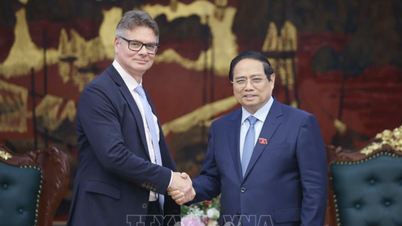







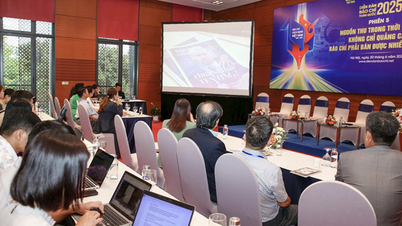

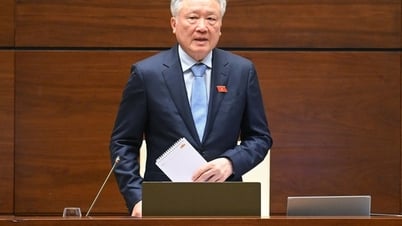
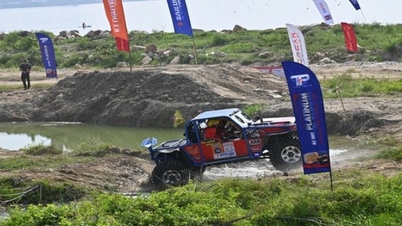



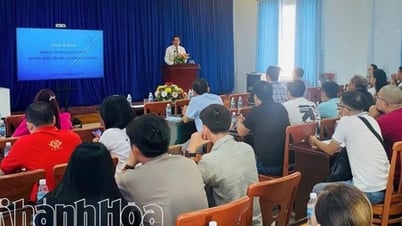
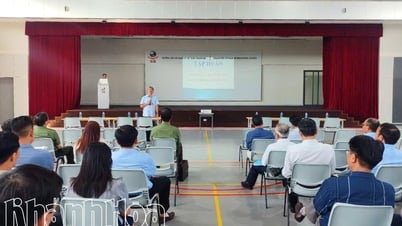



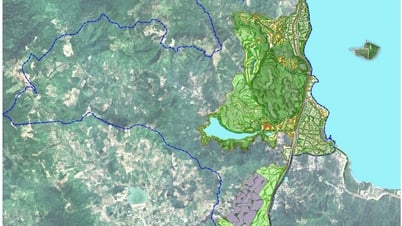

















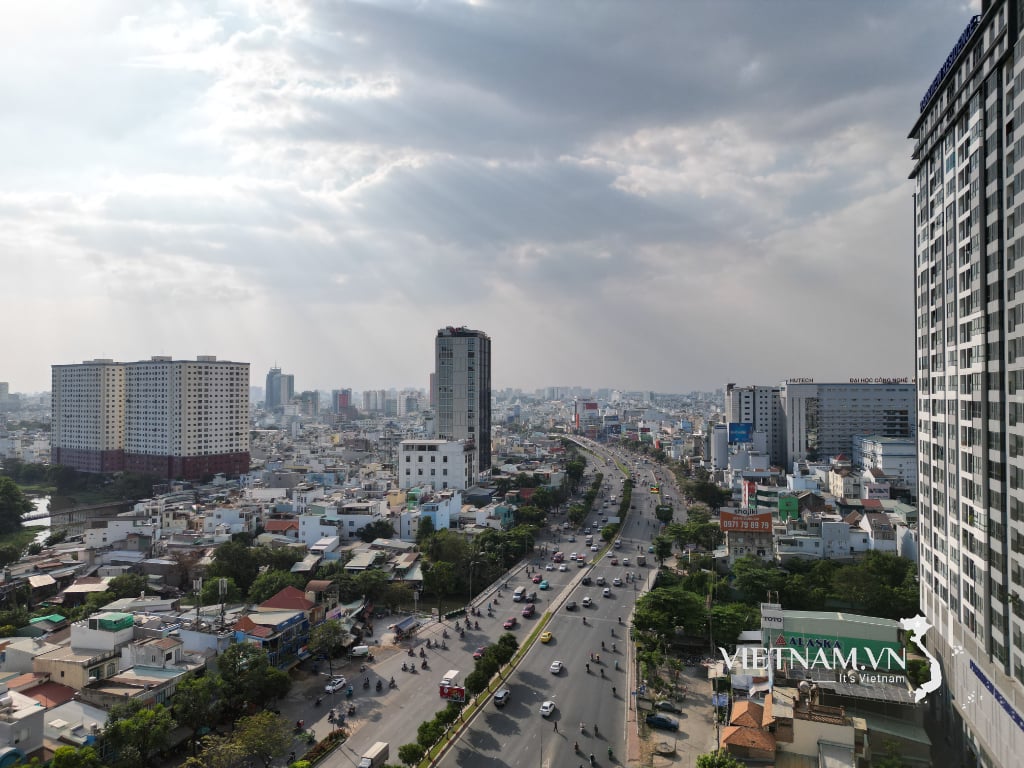
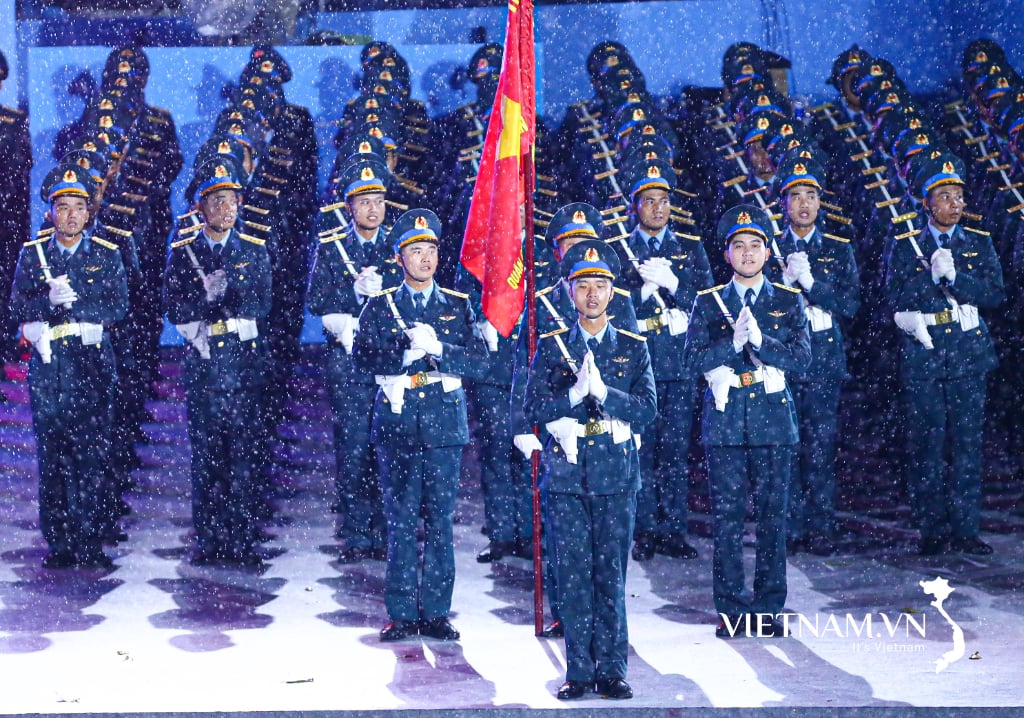
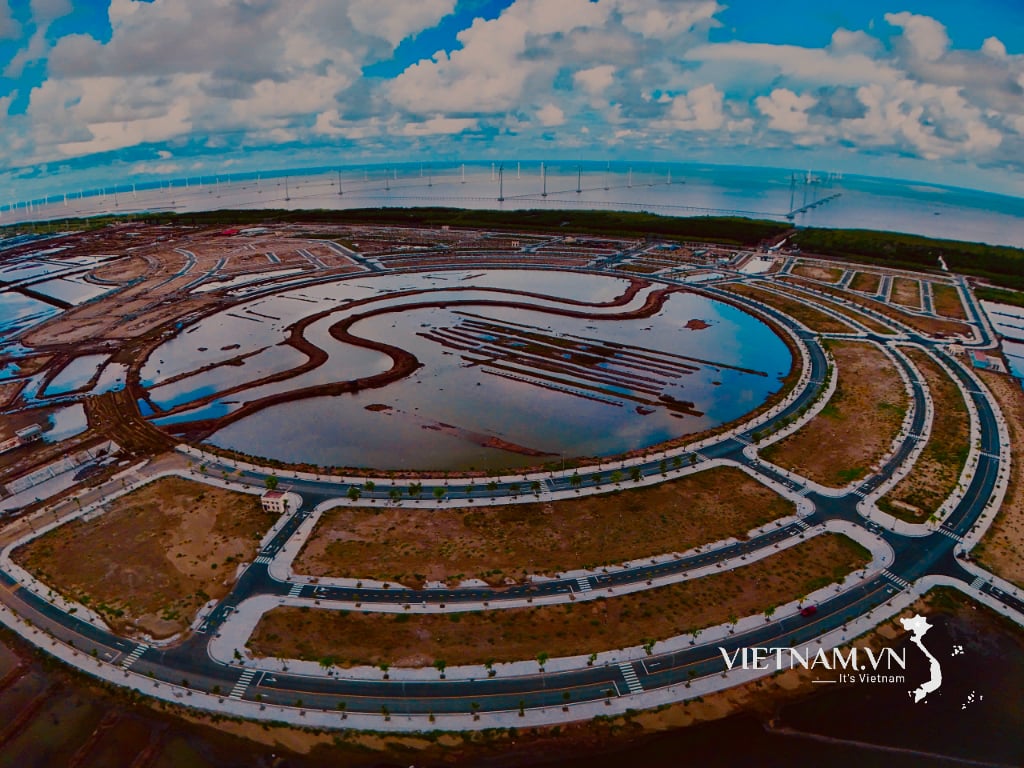
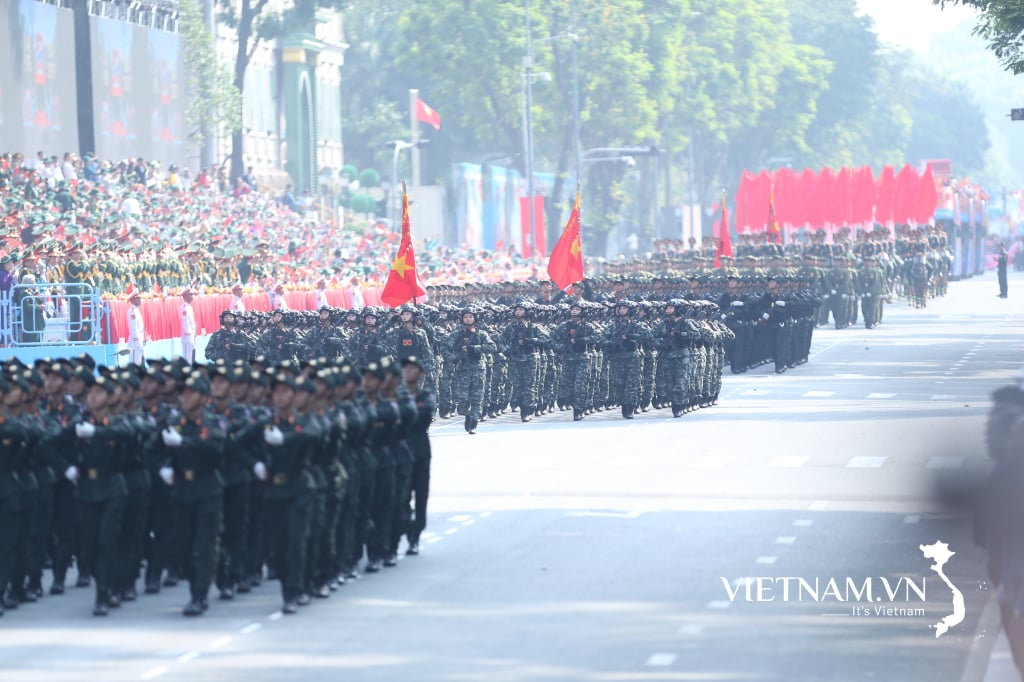
Comment (0)